syn·site
The future of dynamic, decentralized, and immersive digital spaces.
Decentralized: syn-site operates as a decentralized metaverse, bridging physical and digital realms. This dynamic space, where reality's boundaries blur, allows seamless transitions between real-world locations and virtual environments. Reminiscent of blockchain's decentralization, syn-site encapsulates simultaneous experiences, embodying the coexistence, evolution, and interaction of diverse elements within a networked space.
Agile: syn-site embodies agility. Like a living, breathing entity, it thrives on change and evolution, much like an Agile development team. A syn-site integrates various participants, locations, and perspectives to achieve common goals, adapting and responding to shifts in environments and conditions.
Boundaryless: syn-site exemplifies a boundaryless platform, a site where traditional barriers dissolve. It evolves continuously, adapting and reshaping itself, incorporating new components, and reconfiguring existing ones. Its boundaryless nature empowers users, encouraging active participation and co-creation within this decentralized domain.
Syn-site is not just a place, it's an experience! It marries the power of blockchain technology, the adaptability of Agile methodologies, and the boundaryless nature of modern platforms. Syn-site represents the future of spatial interaction, a quantum leap in the evolution of digital spaces. Welcome to Syn-site, where every place, thought, or dream you've ever had can coexist, interact, and create new experiences. It's not just a site, it's a universe!
The future of dynamic, decentralized, and immersive digital spaces.
Decentralized: syn-site operates as a decentralized metaverse, bridging physical and digital realms. This dynamic space, where reality's boundaries blur, allows seamless transitions between real-world locations and virtual environments. Reminiscent of blockchain's decentralization, syn-site encapsulates simultaneous experiences, embodying the coexistence, evolution, and interaction of diverse elements within a networked space.
Agile: syn-site embodies agility. Like a living, breathing entity, it thrives on change and evolution, much like an Agile development team. A syn-site integrates various participants, locations, and perspectives to achieve common goals, adapting and responding to shifts in environments and conditions.
Boundaryless: syn-site exemplifies a boundaryless platform, a site where traditional barriers dissolve. It evolves continuously, adapting and reshaping itself, incorporating new components, and reconfiguring existing ones. Its boundaryless nature empowers users, encouraging active participation and co-creation within this decentralized domain.
Syn-site is not just a place, it's an experience! It marries the power of blockchain technology, the adaptability of Agile methodologies, and the boundaryless nature of modern platforms. Syn-site represents the future of spatial interaction, a quantum leap in the evolution of digital spaces. Welcome to Syn-site, where every place, thought, or dream you've ever had can coexist, interact, and create new experiences. It's not just a site, it's a universe!
SYN (along with, at the same time | from Greek SYN, with | ~SYNTHETIC) + SITE (N: point of event, occupied space, internet address; V: to place in position | from Latin SITUS, location, idleness, forgetfulness | ~WEBSITE ¬cite ¬sight), cf. SITE/NON-SITE (from Robert Smithson, A PROVISIONAL THEORY OF NONSITES, 1968)
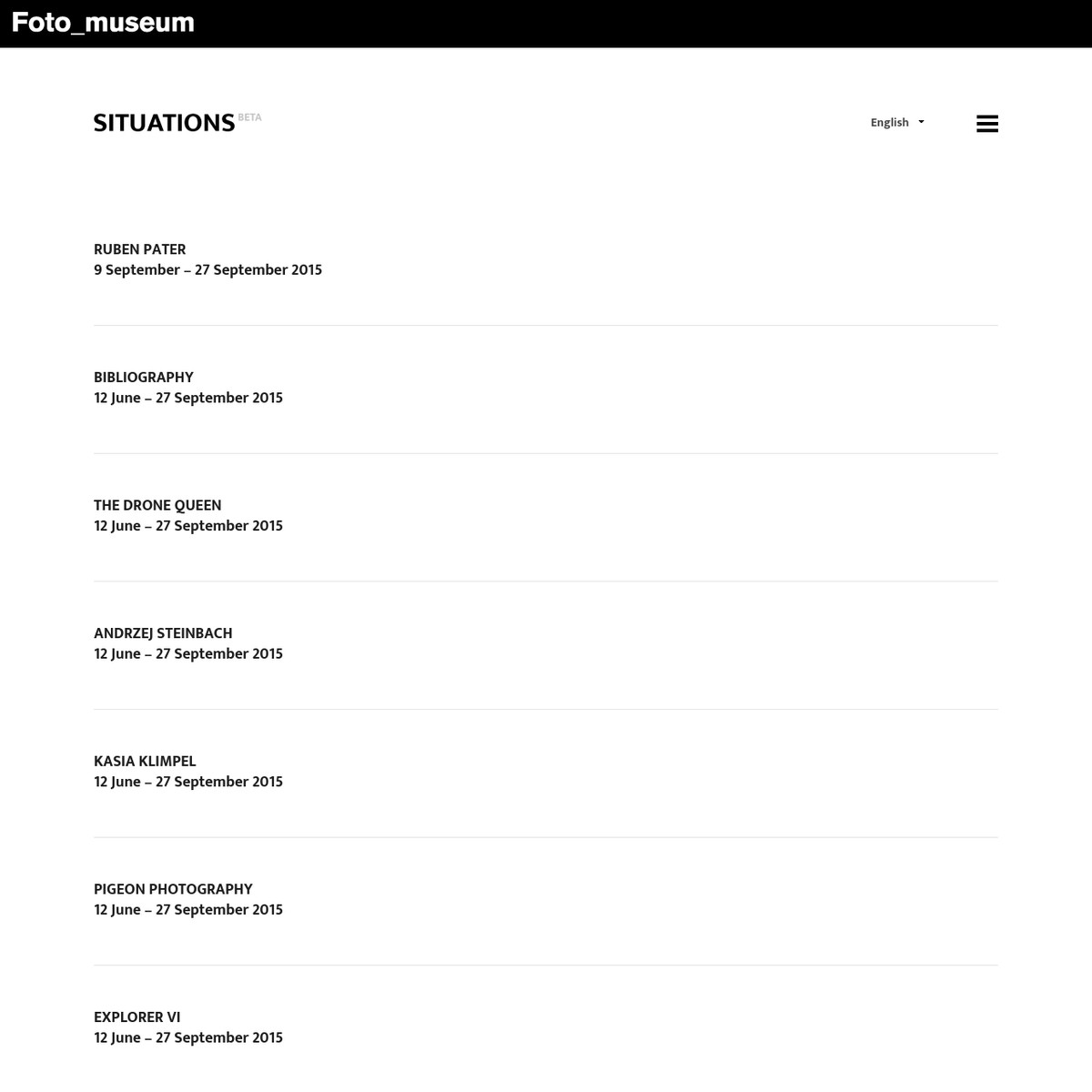


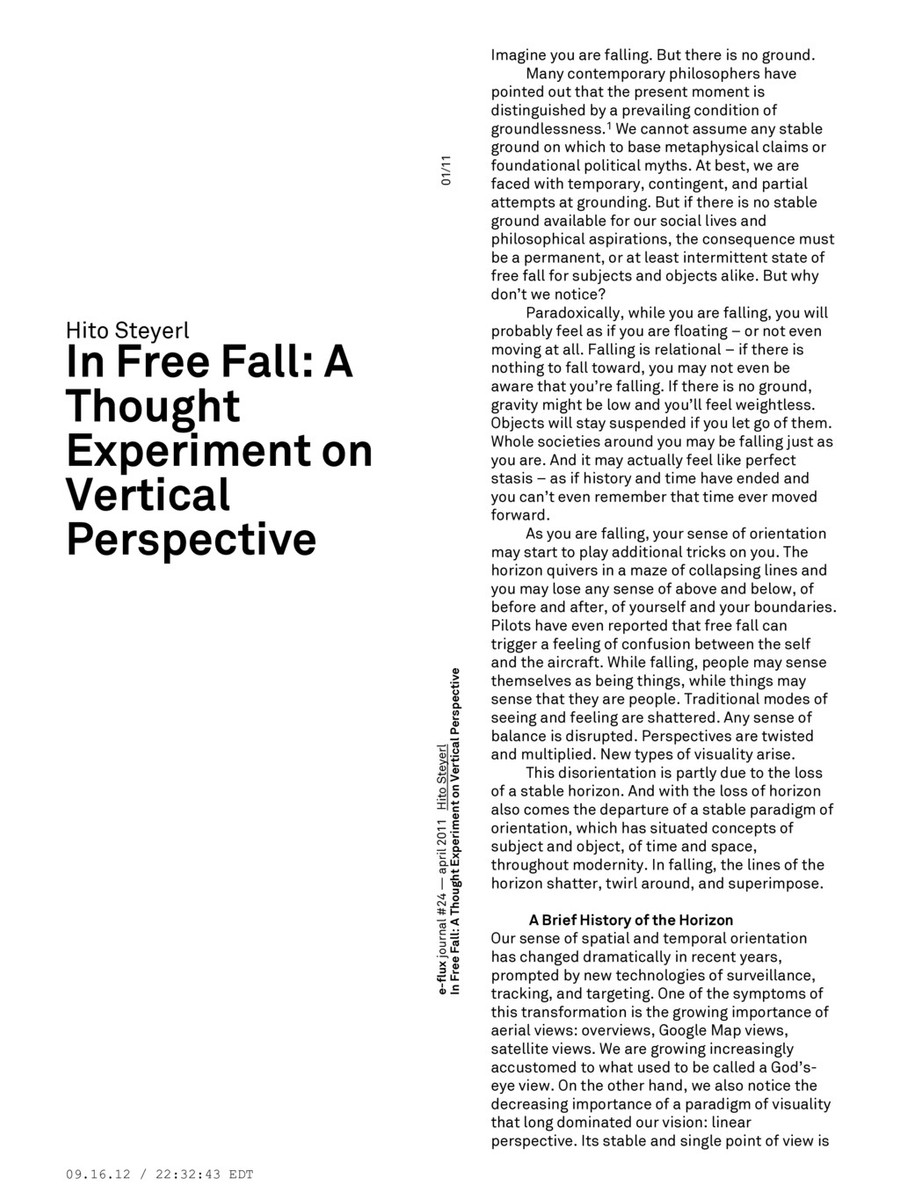


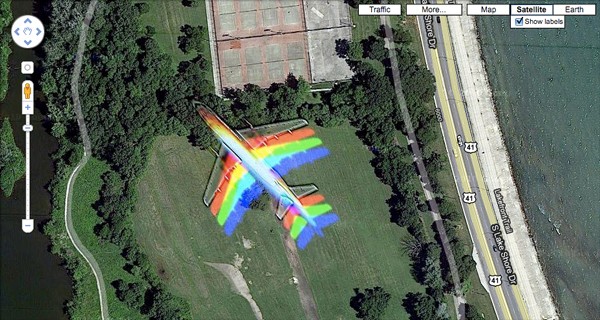


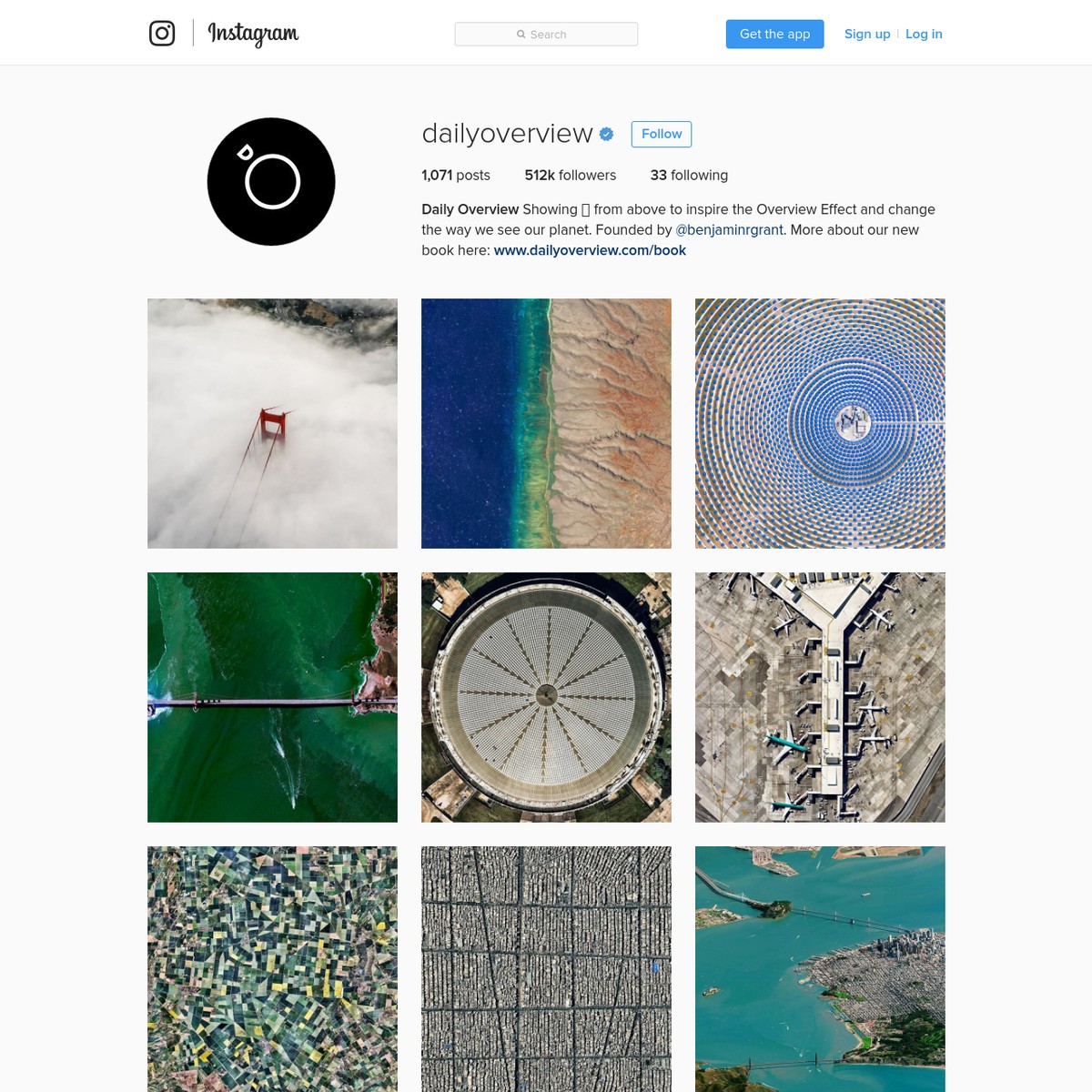








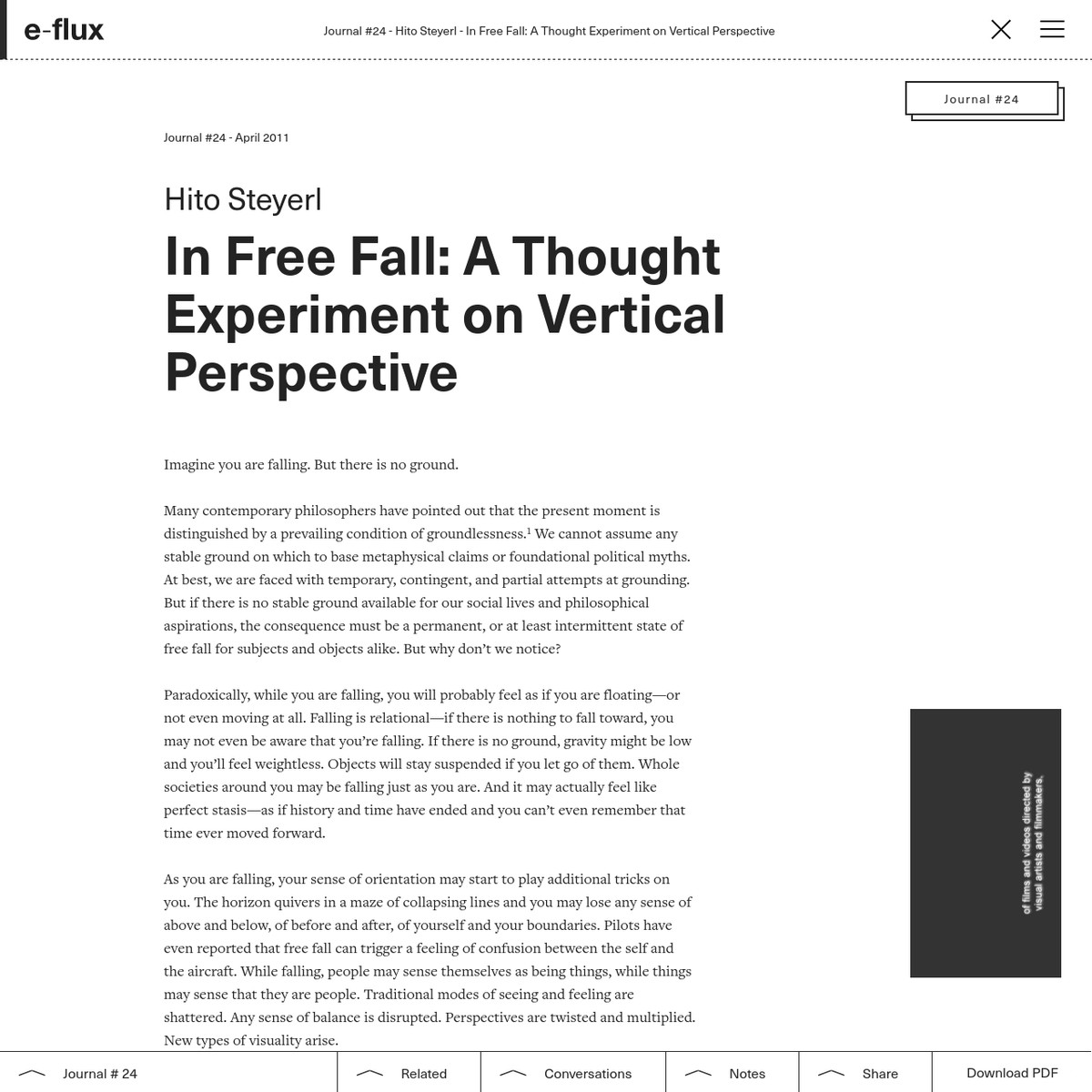


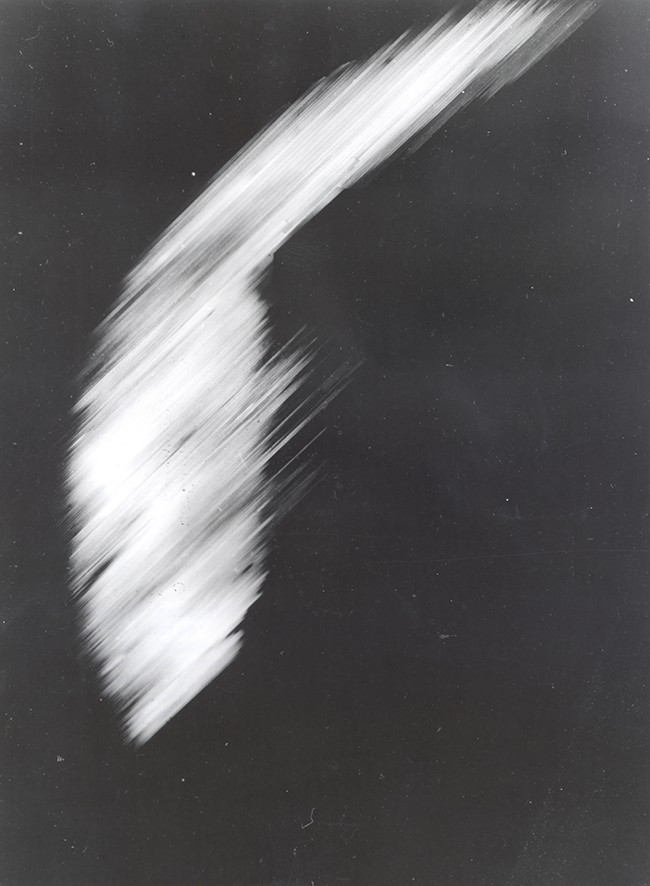





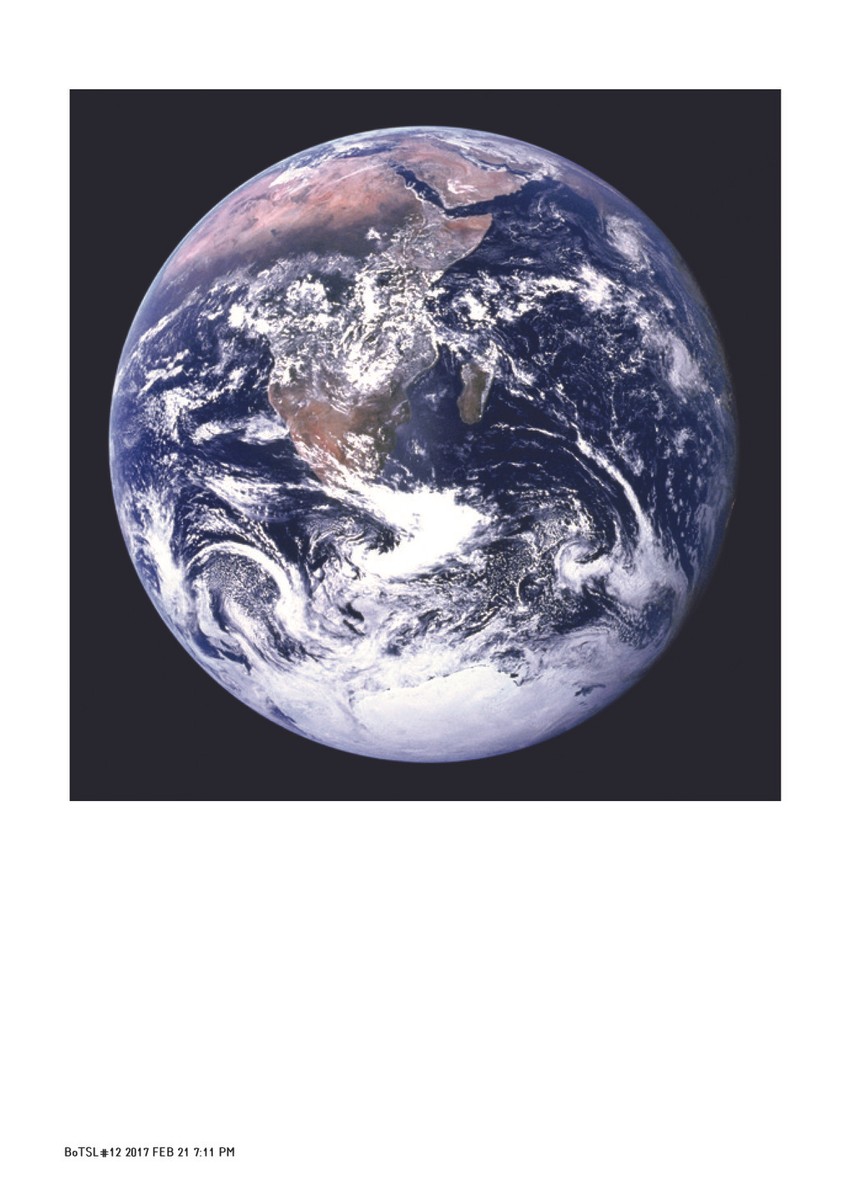


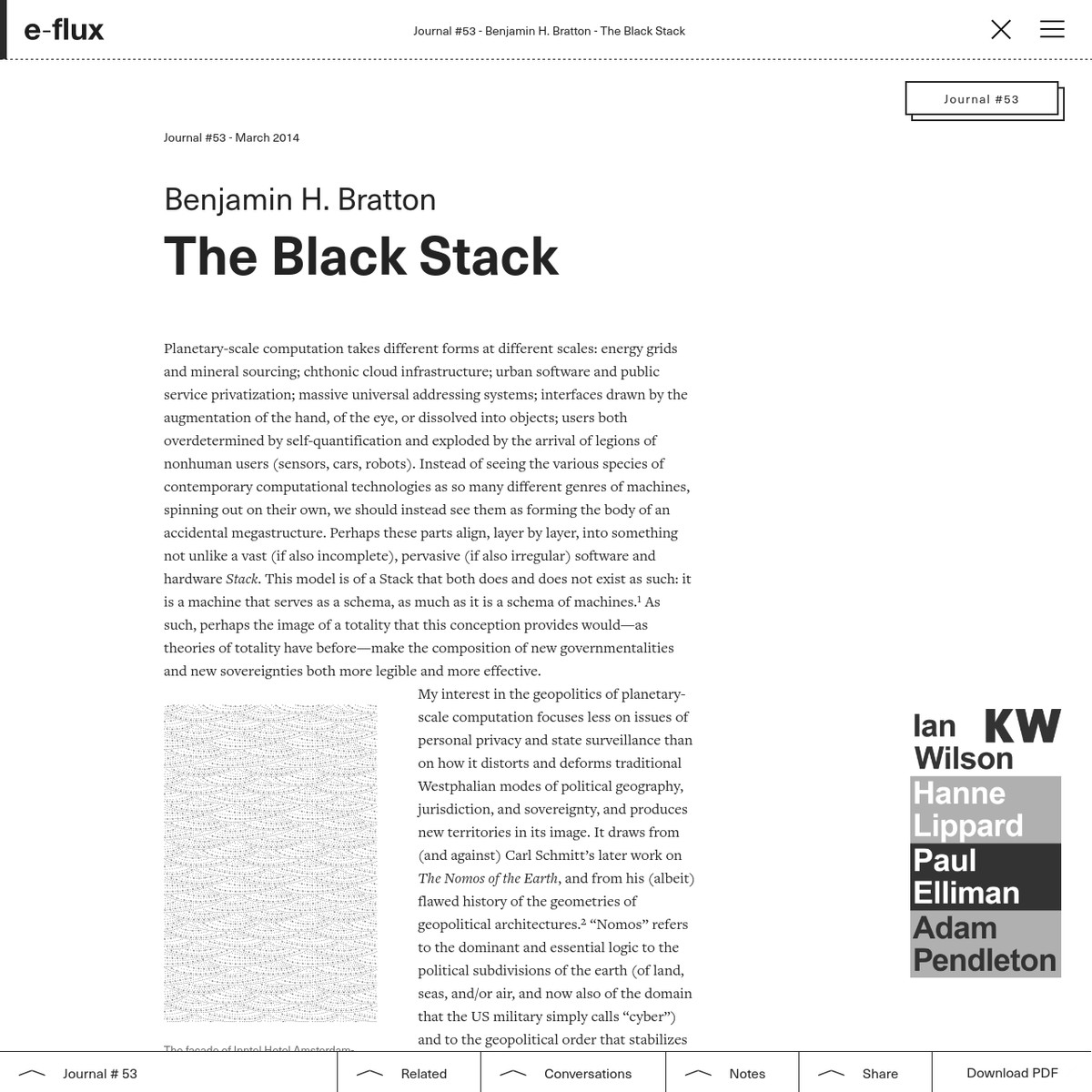





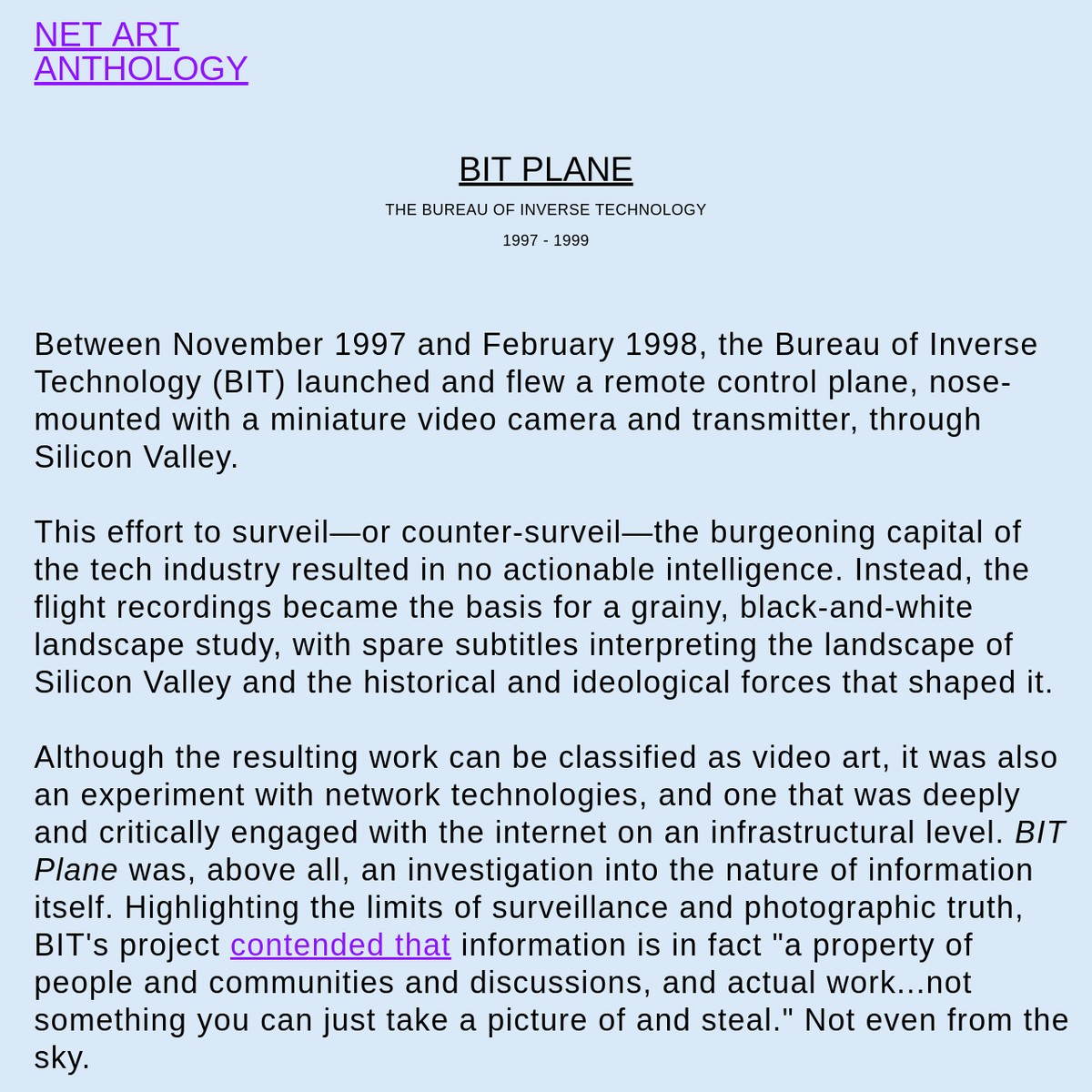


rather than distant planets or the surface of the moon, Paglen’s field of interest lies closer to home. He is gathering material evidence of the systems of advanced technology that we all use every day but that — obscured by euphemisms such as “internet” and “cyberspace”, or deliberately coded and concealed by the intelligence services — we rarely see or understand. He wants to make visible the workings of the modern-day surveillance system by putting the evidence under the microscope — in this case, the powerful telescopic lens of his camera...
...Teaching people how to see the society they inhabit is one of Paglen’s basic aims. “I always start with the assumption that everything that happens in the world is actually in the world,” he says. “It sounds like an obvious thing to say but it’s a very powerful methodological premise. Infrastructures of power always inhabit the surface of the earth somehow, or the skies above the earth. They’re material things, always, and even though the metaphors we use to describe them are often immaterial — for example we might describe the internet as the Cloud or cyberspace — those metaphors are wildly misleading. The Cloud is buildings with servers in them."
"I was brought on to think how you make images that help us develop a visual vocabulary with which to see these structures. Because we really don’t. Very few people have any idea what the internet looks like, let alone what mass surveillance really looks like. But in many ways it doesn’t look like anything, which is oftentimes part of the aesthetic strategy that is used..."
rather than distant planets or the surface of the moon, Paglen’s field of interest lies closer to home. He is gathering material evidence of the systems of advanced technology that we all use every day but that — obscured by euphemisms such as “internet” and “cyberspace”, or deliberately coded and concealed by the intelligence services — we rarely see or understand. He wants to make visible the workings of the modern-day surveillance system by putting the evidence under the microscope — in this case, the powerful telescopic lens of his camera...
...Teaching people how to see the society they inhabit is one of Paglen’s basic aims. “I always start with the assumption that everything that happens in the world is actually in the world,” he says. “It sounds like an obvious thing to say but it’s a very powerful methodological premise. Infrastructures of power always inhabit the surface of the earth somehow, or the skies above the earth. They’re material things, always, and even though the metaphors we use to describe them are often immaterial — for example we might describe the internet as the Cloud or cyberspace — those metaphors are wildly misleading. The Cloud is buildings with servers in them."
"I was brought on to think how you make images that help us develop a visual vocabulary with which to see these structures. Because we really don’t. Very few people have any idea what the internet looks like, let alone what mass surveillance really looks like. But in many ways it doesn’t look like anything, which is oftentimes part of the aesthetic strategy that is used..."
rather than distant planets or the surface of the moon, Paglen’s field of interest lies closer to home. He is gathering material evidence of the systems of advanced technology that we all use every day but that — obscured by euphemisms such as “internet” and “cyberspace”, or deliberately coded and concealed by the intelligence services — we rarely see or understand. He wants to make visible the workings of the modern-day surveillance system by putting the evidence under the microscope — in this case, the powerful telescopic lens of his camera...
...Teaching people how to see the society they inhabit is one of Paglen’s basic aims. “I always start with the assumption that everything that happens in the world is actually in the world,” he says. “It sounds like an obvious thing to say but it’s a very powerful methodological premise. Infrastructures of power always inhabit the surface of the earth somehow, or the skies above the earth. They’re material things, always, and even though the metaphors we use to describe them are often immaterial — for example we might describe the internet as the Cloud or cyberspace — those metaphors are wildly misleading. The Cloud is buildings with servers in them."
"I was brought on to think how you make images that help us develop a visual vocabulary with which to see these structures. Because we really don’t. Very few people have any idea what the internet looks like, let alone what mass surveillance really looks like. But in many ways it doesn’t look like anything, which is oftentimes part of the aesthetic strategy that is used..."
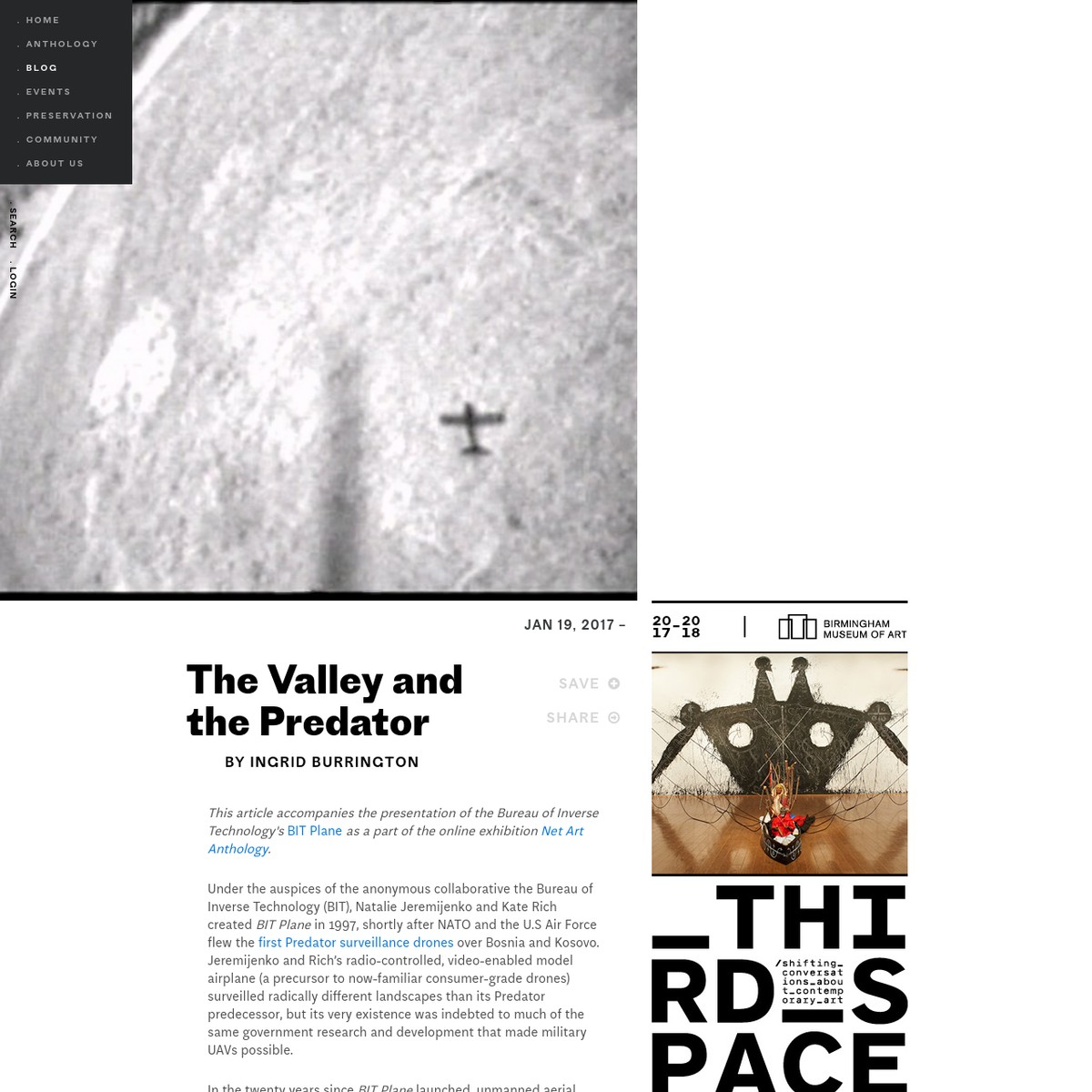


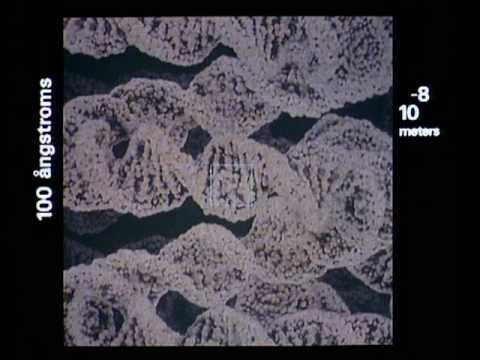


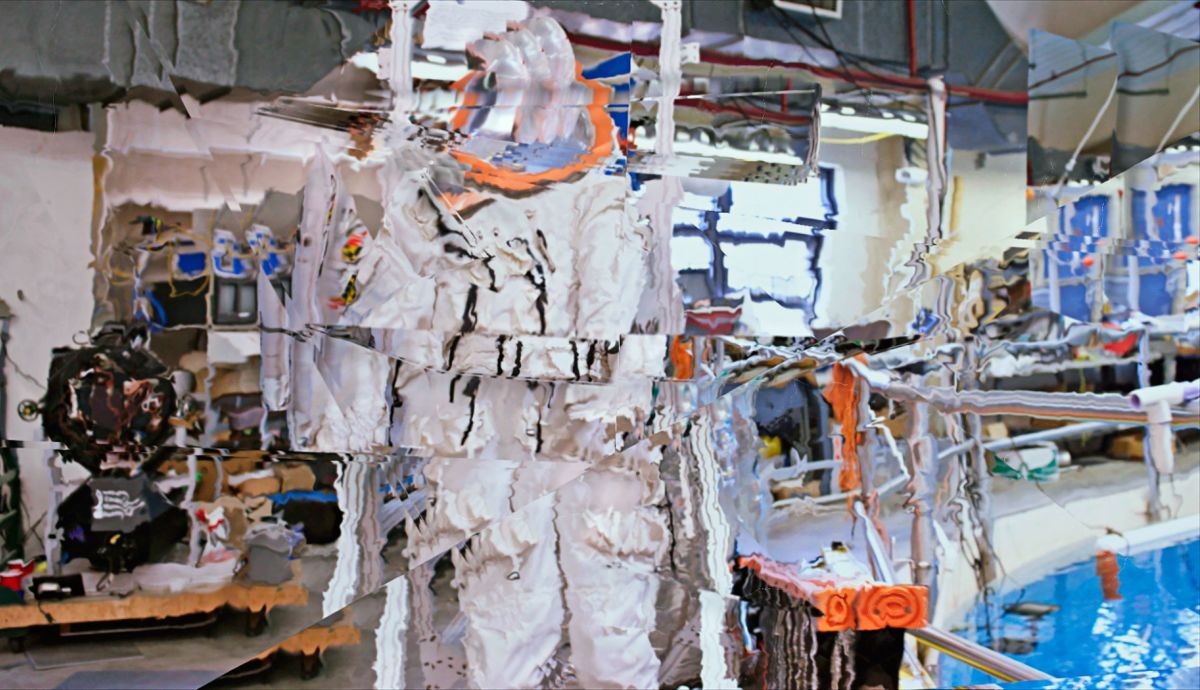


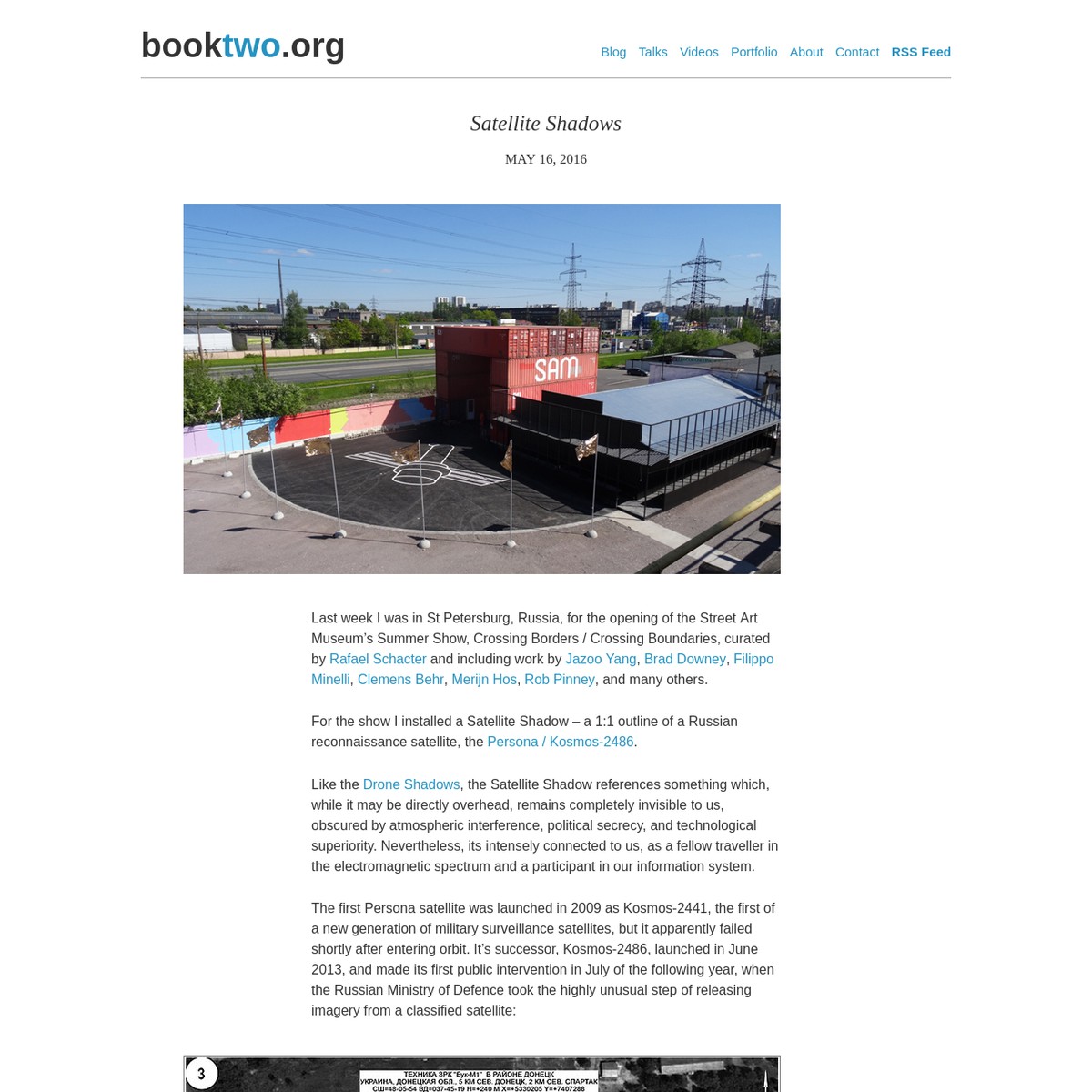





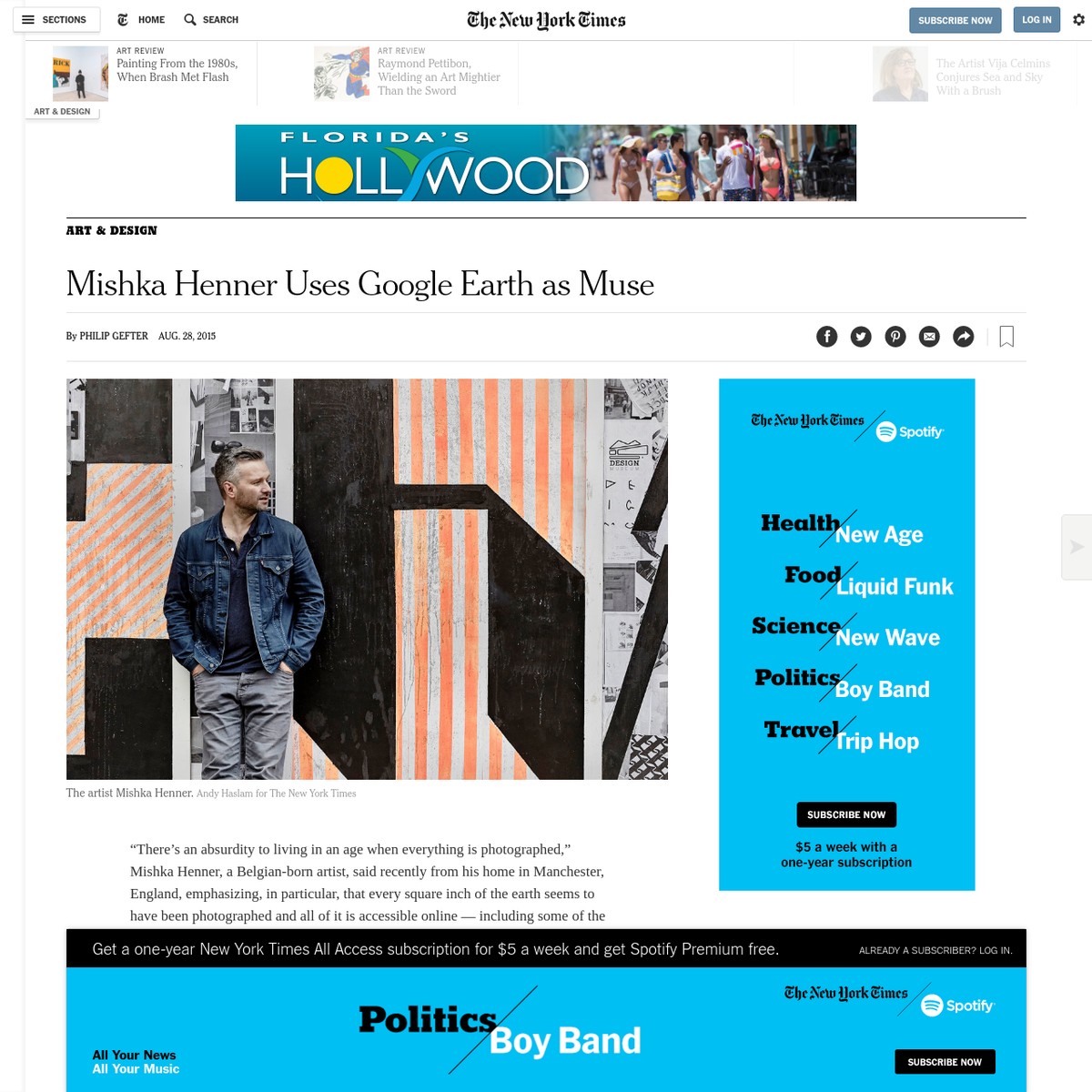


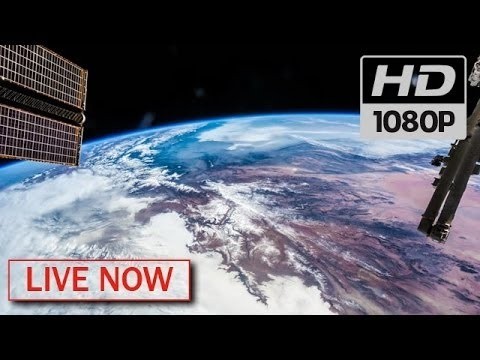


TIROS was the first in a wave of Earth observation satellites which have radically changed the way we perceive the planet we inhabit. The ability to view the Earth from the apparently dispassionate vantage point of orbit radically reconfigures the human sensorium: like the technological networks which connect us, it offers us an extrasensory perception of ourselves, a superpower somewhere between the view of God, and telepathy. We see the world laid out, not as oppositional alignments of man versus her environment — or man versus machine — but as a total integration, an entangled web within which the things we build become revelatory tools for assessing and advancing our own agency — us, and our environment, and our machines.
TIROS was the first in a wave of Earth observation satellites which have radically changed the way we perceive the planet we inhabit. The ability to view the Earth from the apparently dispassionate vantage point of orbit radically reconfigures the human sensorium: like the technological networks which connect us, it offers us an extrasensory perception of ourselves, a superpower somewhere between the view of God, and telepathy. We see the world laid out, not as oppositional alignments of man versus her environment — or man versus machine — but as a total integration, an entangled web within which the things we build become revelatory tools for assessing and advancing our own agency — us, and our environment, and our machines.
TIROS was the first in a wave of Earth observation satellites which have radically changed the way we perceive the planet we inhabit. The ability to view the Earth from the apparently dispassionate vantage point of orbit radically reconfigures the human sensorium: like the technological networks which connect us, it offers us an extrasensory perception of ourselves, a superpower somewhere between the view of God, and telepathy. We see the world laid out, not as oppositional alignments of man versus her environment — or man versus machine — but as a total integration, an entangled web within which the things we build become revelatory tools for assessing and advancing our own agency — us, and our environment, and our machines.
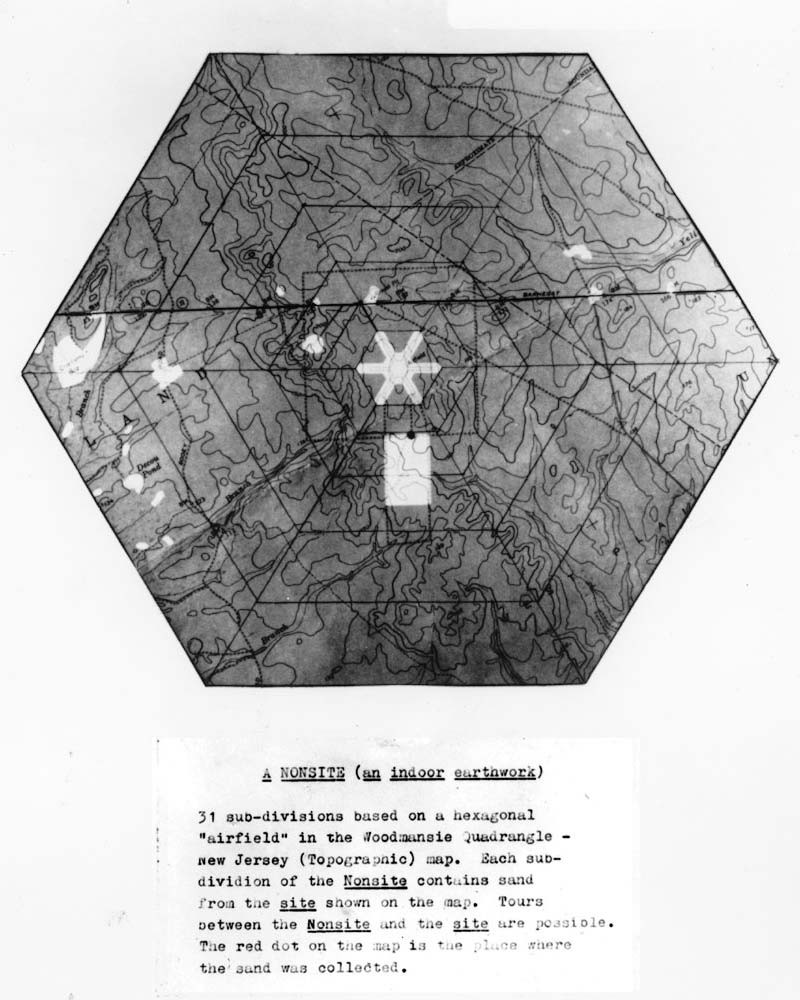








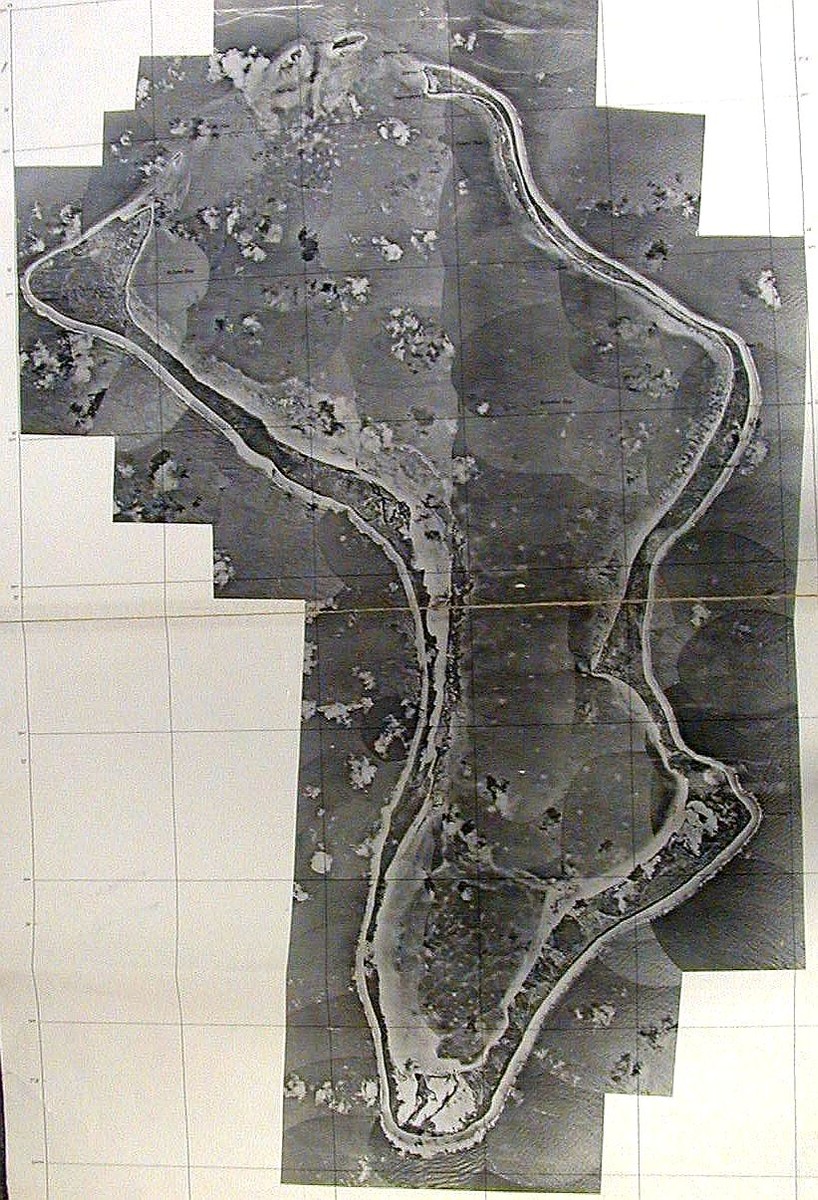


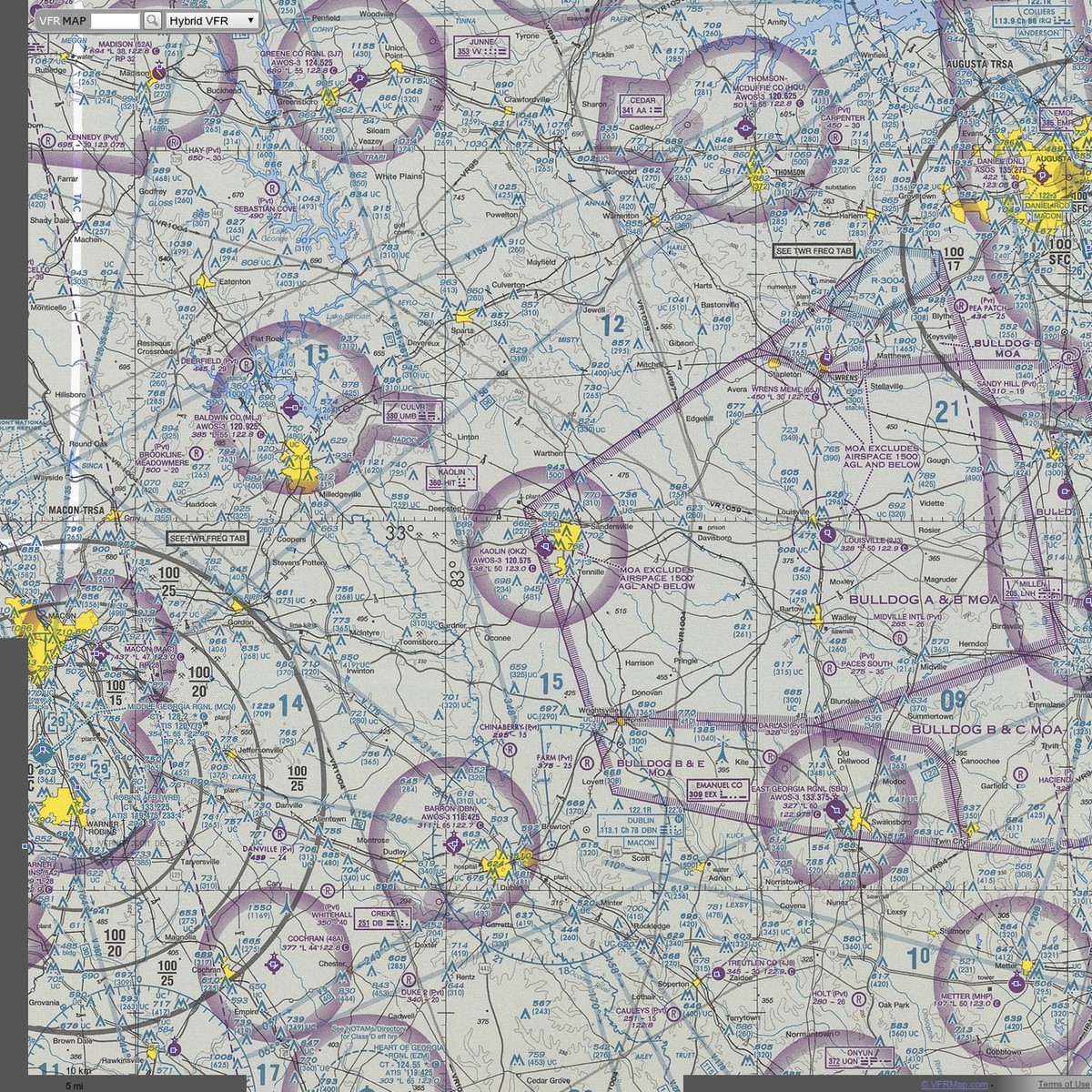


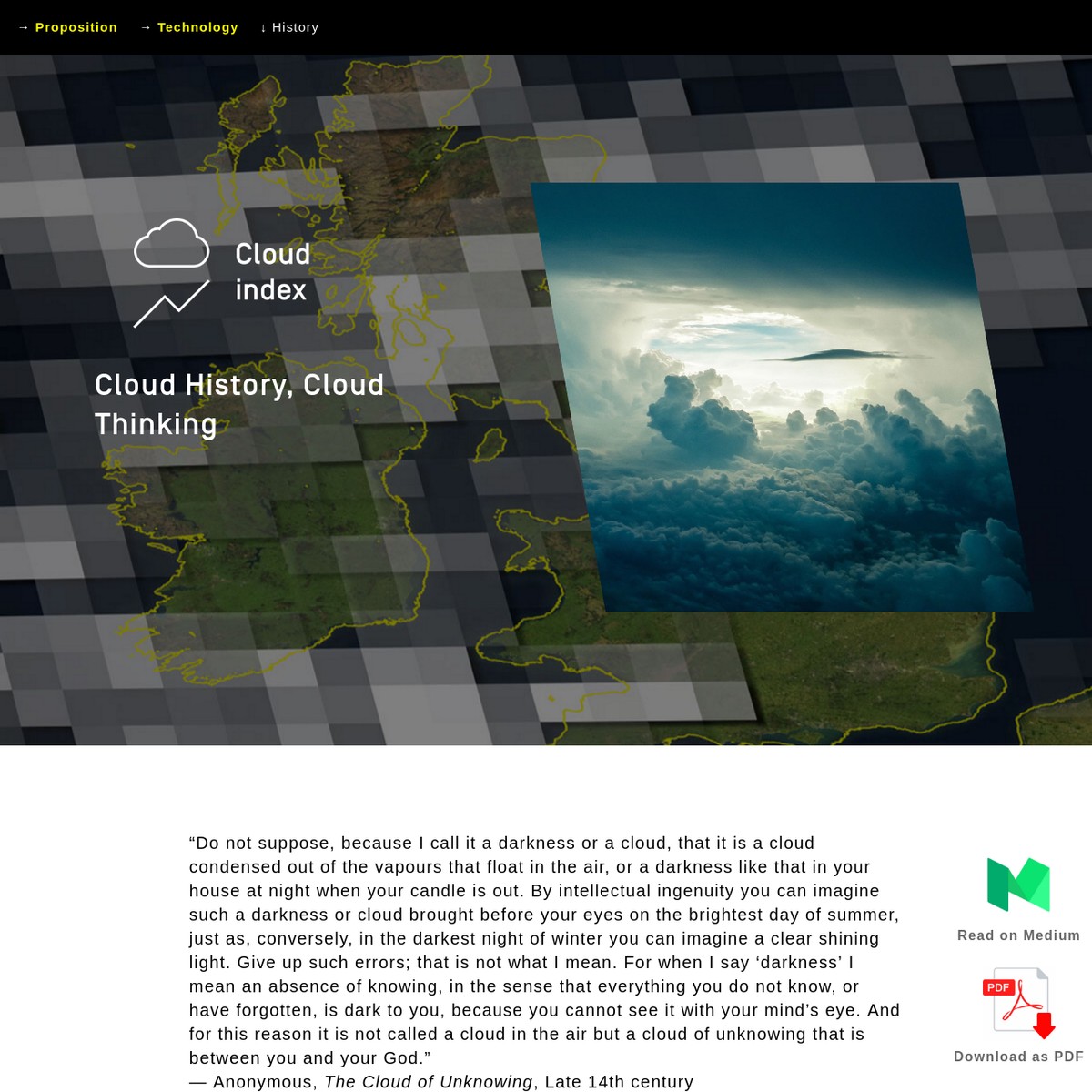


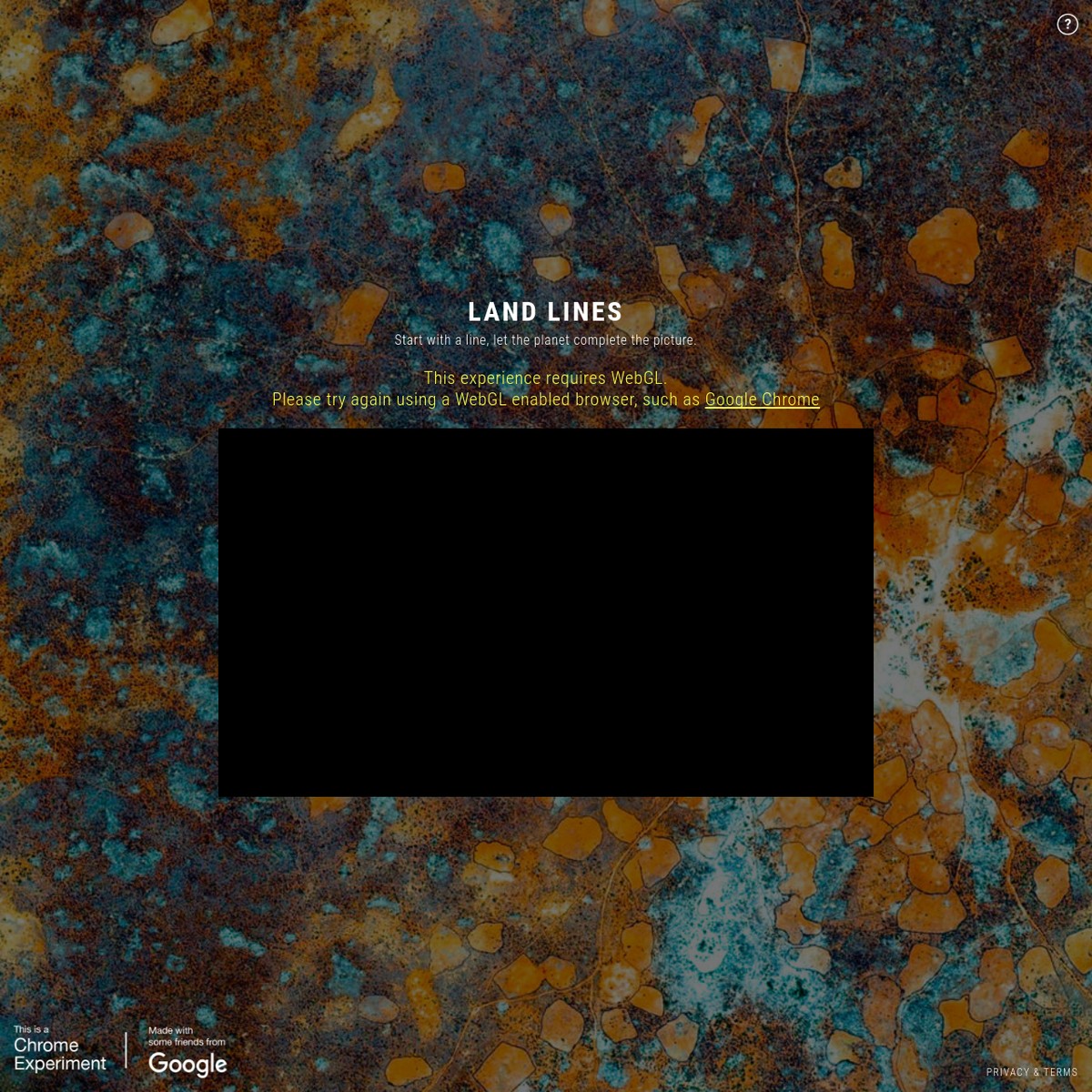





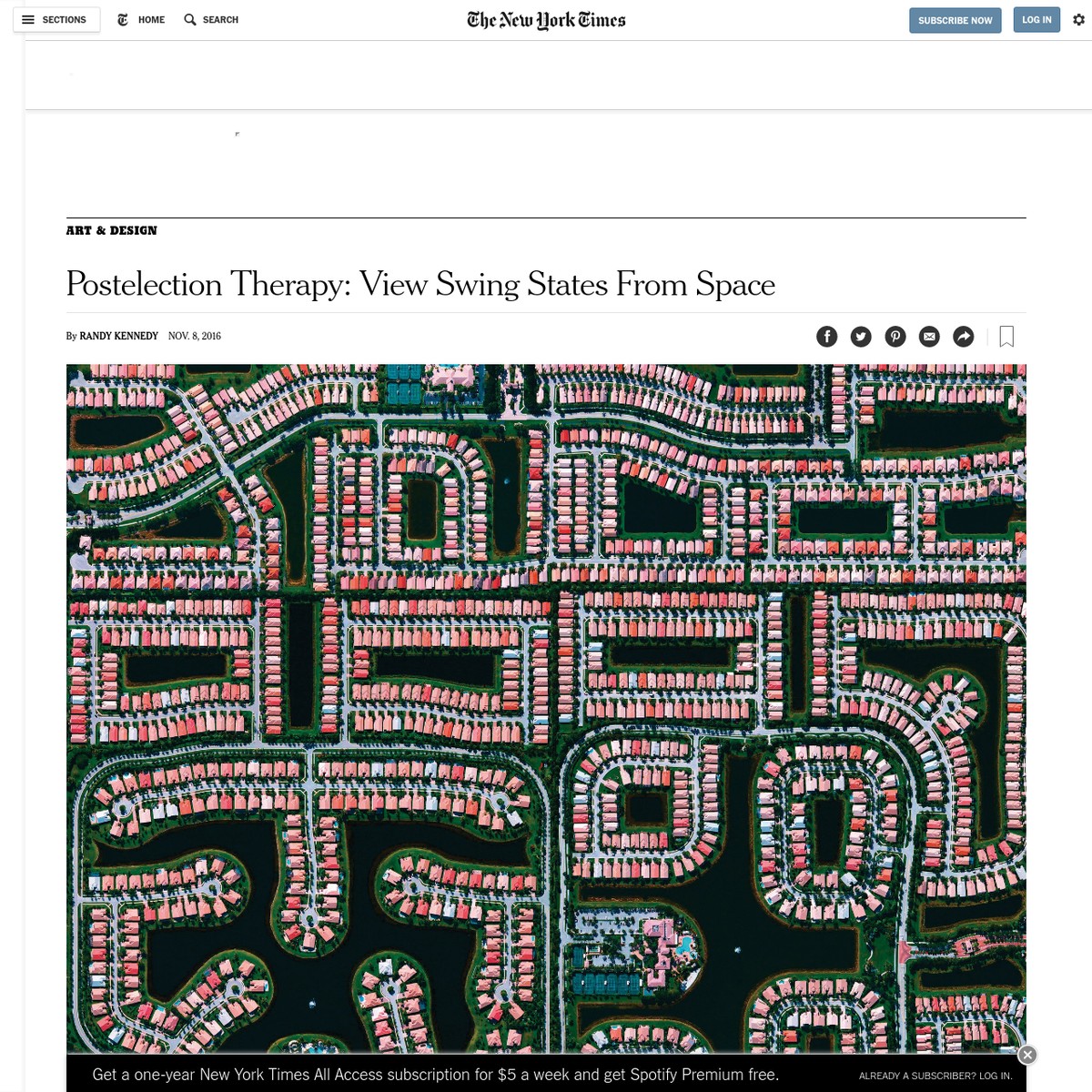

 Trevor Paglen: "Is Photography Over?"
Trevor Paglen: "Is Photography Over?"
Trevor Paglen: "Is Photography Over?"
Trevor Paglen: "Is Photography Over?"
Trevor Paglen: "Is Photography Over?"
Trevor Paglen: "Is Photography Over?"
Trevor Paglen: "Is Photography Over?"
Trevor Paglen: "Is Photography Over?"